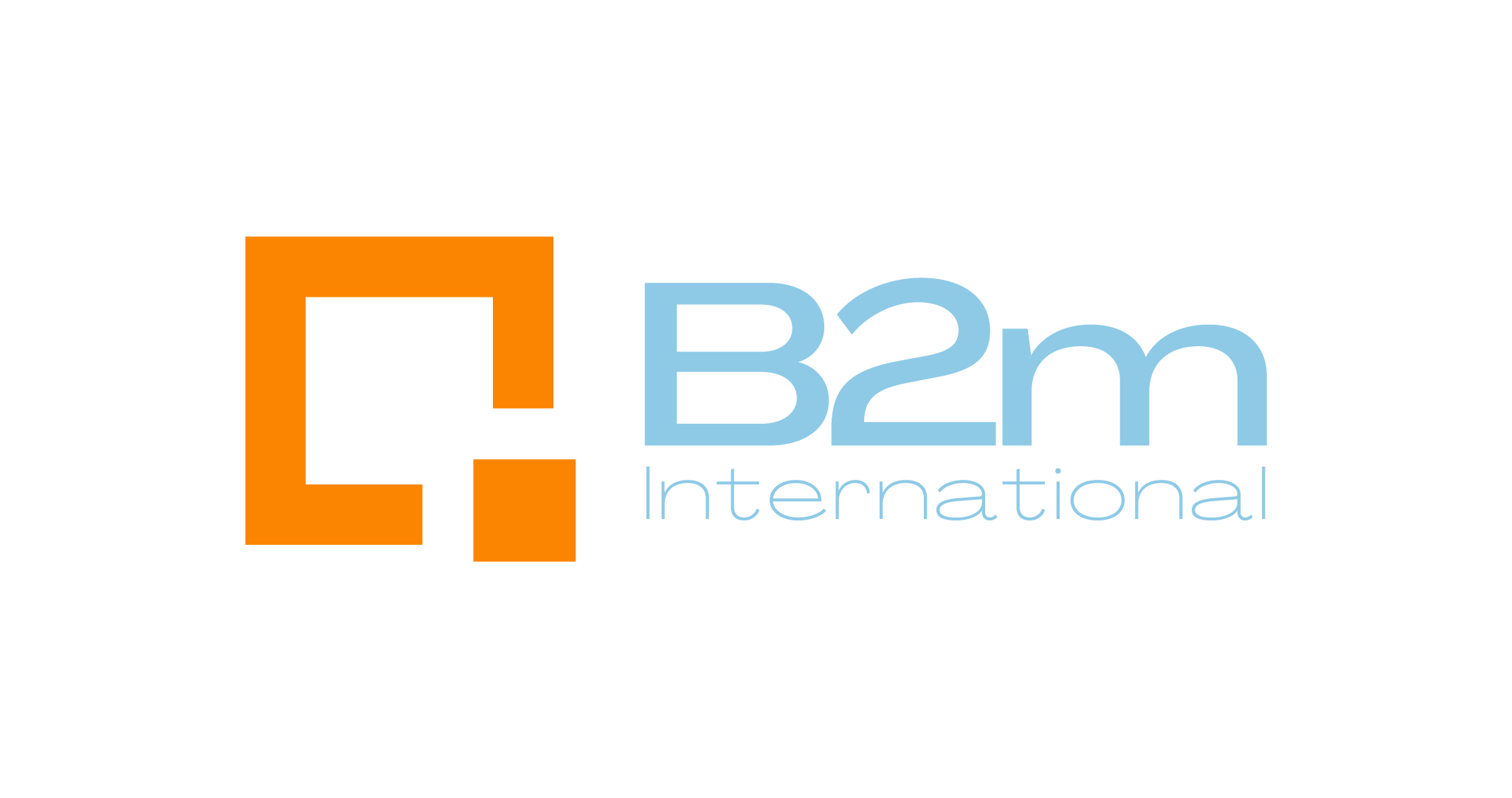Australia’s largest insurer pursues a fully automated Continuous Integration Continuous Development (CI/CD) pipeline in the public cloud.

The case for change
Australia’s largest insurer was seeking a solution to move from its traditional on-premise and Private Cloud hybrid IT operating model to a fully automated Continuous Integration / Continuous Development (CI/CD) pipeline hosted on a Public Cloud.
The giant leap in ways of working marked a move towards a more agile approach to IT solution design and implementation. Introducing the CI/CD approach means that the business is better placed to respond to the changing needs of their clients and development teams within the organisation are fully autonomous.
Our scope:
- To design and implement a decentralised IT Operating Model based in a Public Cloud
- To perform an audit of all existing applications and design a process for moving them and all associated data to the new public cloud environment
- To design and implement guiding infrastructure and applications security principles to ensure controls and risk management checks are in place
- To design and implement a public cloud-based managed service framework, in partnership with AWS and Azure, to underpin a fully integrated CI/CD pipeline approach supporting applications lifecycle (design, development, test and implementation)
- To facilitate an orchestrated automation of applications and infrastructure enabling a self-service model for the business

What we were up against
The infrastructure and applications landscape was made up of multiple legacy applications and multiple service providers (in a traditional IT operating model). The vision was future forward triggering the usual organisational resistance to change and new ways of working. A strong communication and change management program wrapped around technological literacy and training for the business enabled the move towards a decentralised fully automated public cloud model sparking an extraordinary digital transformation, but most importantly, empowered the business to innovate and implement at pace and at scale with the changing needs of clients and global service expectations.

Outcome achieved
Multimillion dollar savings of capital and operational expenditure were achieved while empowering the organisation’s most talented developers to design, develop and implement applications at scale to meet the ever-changing needs of internal and external clients. The process of replacing legacy ways of working resulted in the simplification of the service provider landscape – reducing the number of providers from six to two from (operations).
